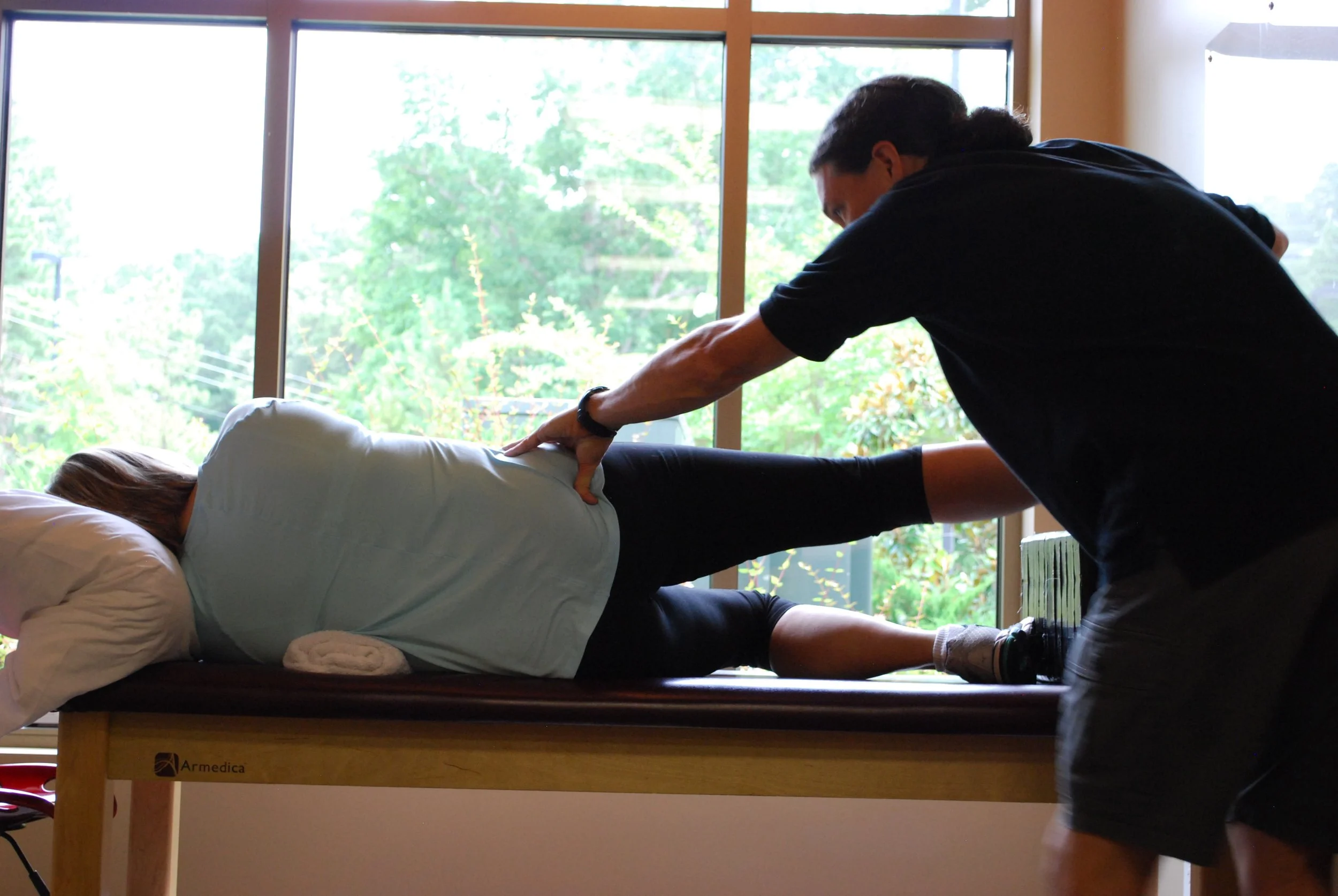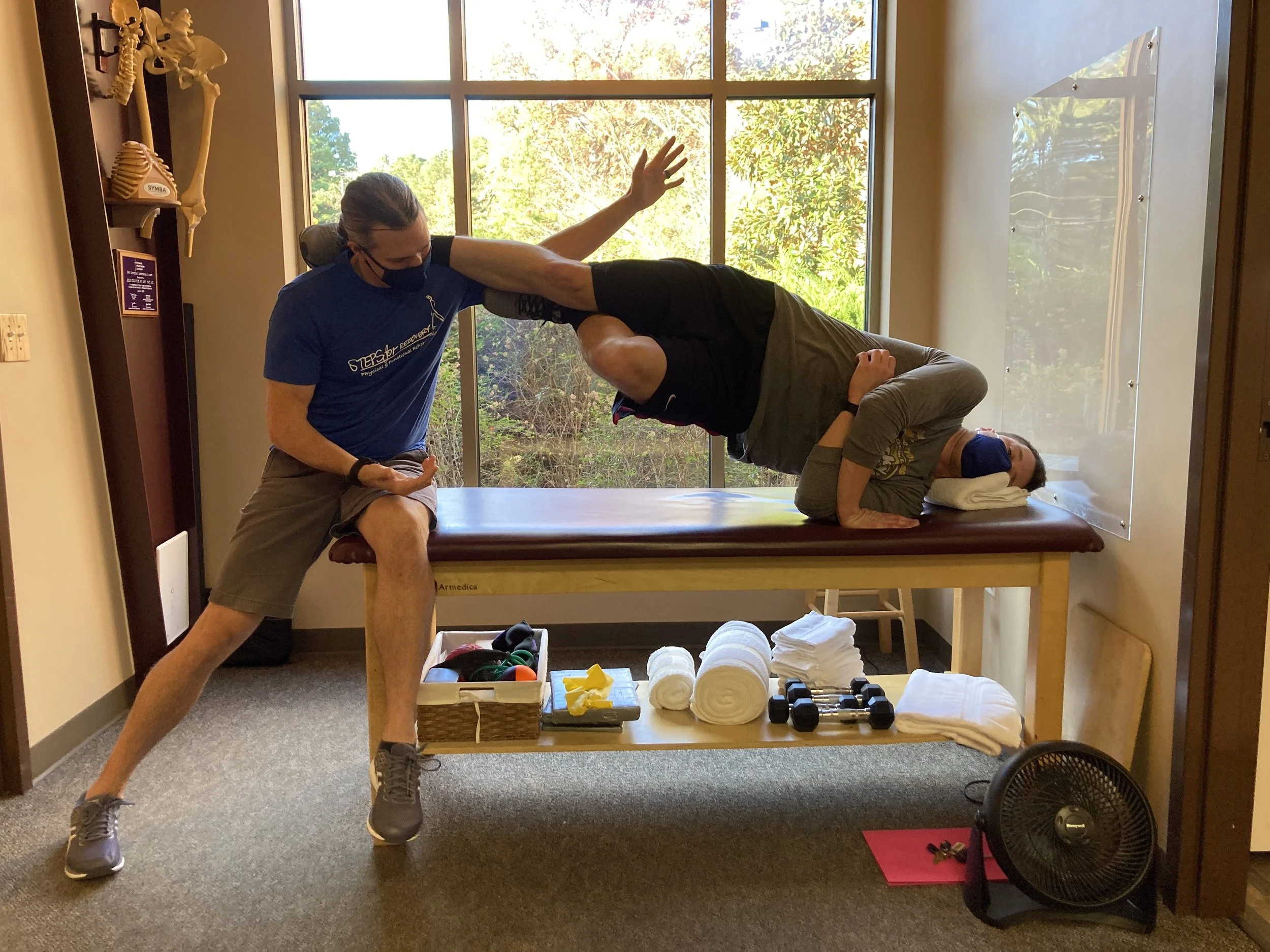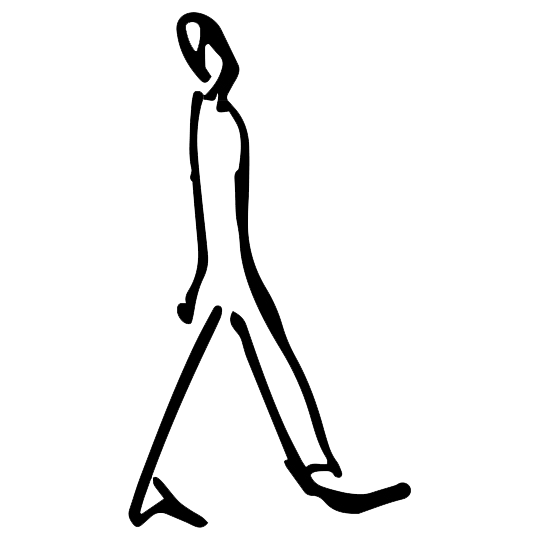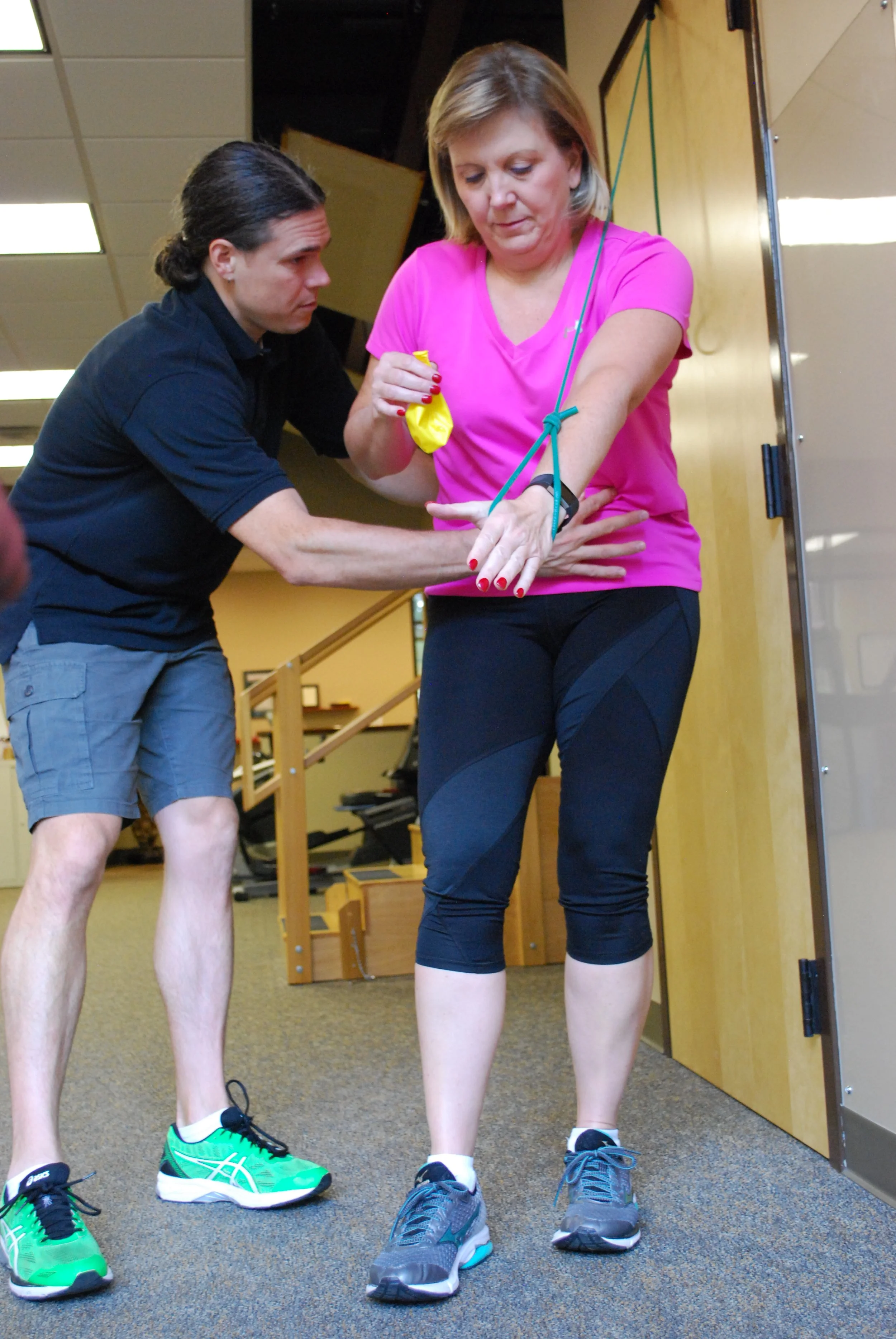
Postural Restoration
What Is It?
Postural Restoration (PRI) is the science of understanding how the systems of the body work together to balance our asymmetries to create balanced, pain-free function. This science is based on more than 35 years of clinical practice and patient outcomes, as well as evidence-based research from many fields of study.
Through the science of Postural Restoration, your therapist will teach you to Reposition your body structures, Repattern your movement strategies, and Revolve between the two sides of your body with no one dominant center.
As a patient, we want you to understand that this is a process, not a spot treatment. Often, the area where you hurt is the place where your body is breaking down, not the actual source of your problem. Using objective tests and measures, your therapist will determine your current resting position and pattern and teach you how to reposition to neutral. You will then be educated on how to repattern your movements using targeted activities, in addition to lifestyle/habit changes, that help you carry over what your body is learning with the activities to real life.
As humans, we look basically the same on the right side versus the left side, but on the inside, we are not mirror images right to left. We are all asymmetrical due to the size and placement of our organs, which affects the attachment, position, and size of muscles, ultimately impacting how we move. Our brain is also different on the right and left sides. While it is true that the right side of the brain controls movement in the left side of the body, and the left side of the brain controls movement in the right side of our body, there are many differences in the purpose, structure, and function of the two sides of our brain. These differences also affect how we move.
Don’t believe it? Start watching people as you move around your community. You may notice that more people carry purses or bags on their right shoulder than their left. When people are standing in line or waiting, they are more likely to have their weight on the right leg than the left. When you open a door or turn on a light, do you find yourself reaching more with your right hand or your left? Handedness is not necessarily the difference maker here.
This is all perfectly normal and natural. We move this way with these habits and patterns because we are built this way. It’s efficient… until it’s not. Sometimes, as individuals, we get “stuck” in certain patterns, and this can lead to overuse, pain, and dysfunction. Many times, our clients cannot point to a specific event or injury, or surgery as the source of the pain. They often report that it just “came on” or “started bothering me.” Some describe pain that happens frequently, and others, only with specific activities.
Some clients feel disconnected from their body or “lost in space,” making it hard to participate in activities they enjoy. Some have too much mobility/flexibility and need to learn how to feel where they are without locking joints and causing injury. Some clients complain of headaches, jaw pain, foot pain, back or neck pain, shoulder, hip, or knee problems. The common theme is that pain or dysfunction is having a negative impact on their ability to participate in life and activities they enjoy, ultimately compromising quality of life.




The ideal candidate for Postural Restoration is a person who is having pain or dysfunction that interrupts quality of life, and they are willing to embrace a whole-person approach to resolving the issue.
Successful clients recognize that the exercises are only a means to retrain the brain/nervous system and body, but that more complete resolution of symptoms comes with an understanding of patterned habits and how to integrate more varied strategies and patterns into your daily life. Active participation in the program with daily retraining activities and lifestyle changes leads to the best and fastest results.
Our goal is to educate and empower you to take the reins on your own management and well-being. With consistent participation in the program, you will likely progress past “exercises” and move into lifestyle management of your issues, only needing to return to “exercises” if you have a flare-up.
Once you understand your individual patterns and habits and how to change them, you will be able to manage your issue if it returns later, without a return to therapy.
Because this is a whole-person approach, we recognize that other systems may be impacting your movement and your ability to make changes. Often, the position and alignment of your teeth or challenges with your visual system in terms of spatial orientation may influence your progress.
In more complicated cases, we expect that the program may take longer and require help from other professionals. We will do our best to connect you with like-minded practitioners to help address these other systems if needed.



